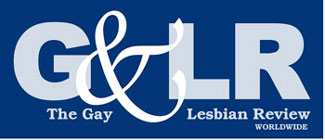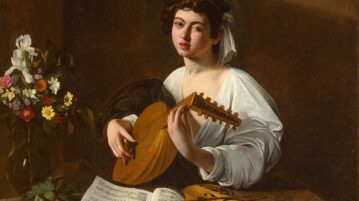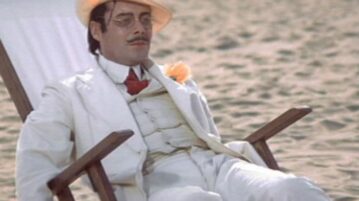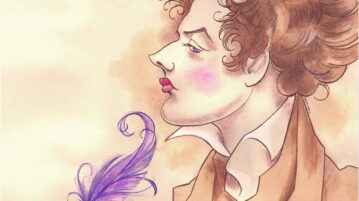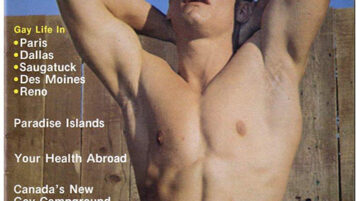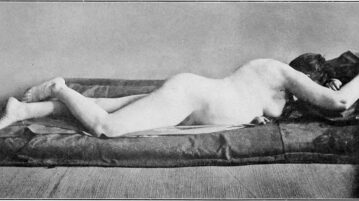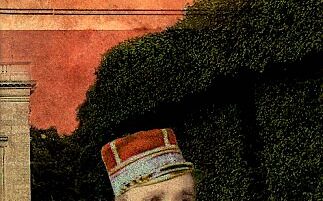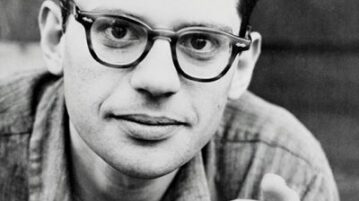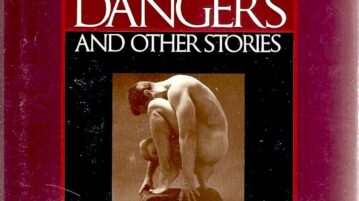
Allen Barnett Was Everywhere, But Not for Long
LAST YEAR, editor Tom Cardamone with his new imprint the Library of Homosexual Congress at Rebel Satori Press reissued gay writer Allen Barnett’s classic collection of short stories, The Body and Its Dangers and Other Stories. Barnett died in August of 1991 of AIDS-related causes, just a year after his collection was published. He was only 36 years old, but in his short lifetime he had become a tireless gay activist, an AIDS educator, and a promising writer.
More
